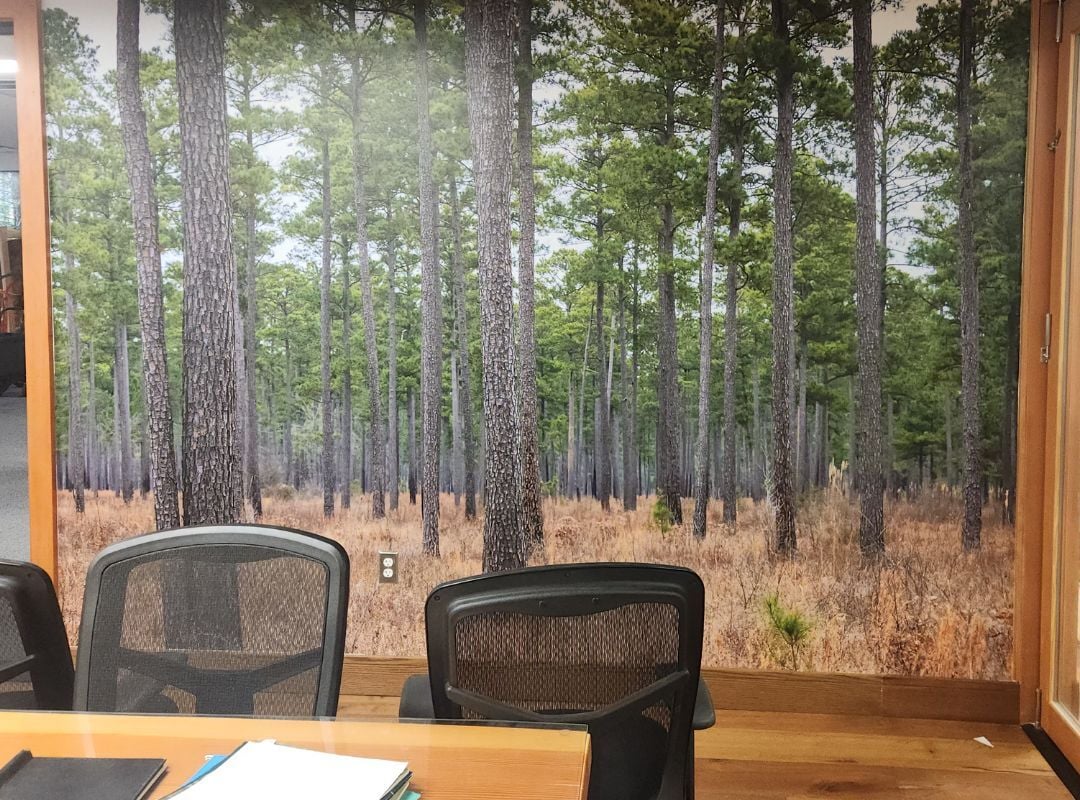In the architecture, engineering, and construction (AEC) industry, visual communication plays a critical role at every phase of a project—from early concepts and client approvals to stakeholder engagement and marketing. Media services such as 3D renderings, motion graphics, and digital retouching have become essential tools for helping AEC professionals share ideas, explain technical details, and present projects with accuracy and impact.
1. Communicating Complex Concepts
Architectural and engineering drawings are rich with technical detail, but they aren’t always intuitive for clients or non-technical stakeholders. By translating those drawings into photo-realistic 3D renderings or short animated walkthroughs, media teams help bridge that gap. These visuals enable viewers to better understand spatial relationships, material finishes, lighting conditions, and overall design intent—often before the first brick is laid.

2. Supporting Early Design Development
During the conceptual phase, quick-turn visualizations allow teams to explore and refine ideas collaboratively. Media assets such as white-model renders, massing animations, or layered plan overlays give teams and clients a way to visualize options, compare approaches, and align early in the process—reducing downstream revisions.
3. Enhancing Presentations and Proposals
For AEC firms responding to RFPs or presenting to boards, the ability to communicate ideas clearly and persuasively is key. Digital enhancements—like diagram animations, image composites, and retouched photography—can clarify how a proposed design addresses project goals, site challenges, or regulatory considerations. This helps decision-makers evaluate projects more efficiently and confidently.

4. Facilitating Stakeholder and Public Engagement
Planning boards, community members, and other non-expert audiences often rely on visuals to grasp how a project will impact the surrounding area. Renderings and animated site overviews provide context, show how a project fits within its environment, and address potential concerns related to scale, traffic, or aesthetics. These visuals are also useful in public hearings, websites, and project marketing materials.
5. Documenting and Showcasing Completed Work
After a project is complete, media services can help document the built environment through high-end photo retouching or video editing. These assets are often used for awards submissions, case studies, client portfolios, or social media. Clean, polished visuals help firms reflect the quality of their work and serve as a useful record of design execution.
6. Collaborating Across Teams and Timelines
Many AEC projects involve multiple firms, consultants, and contractors working across time zones. Centralized digital media assets—such as animated sequences or version-controlled renderings—support clearer communication and help keep everyone on the same page. Media teams familiar with the AEC industry can align with deadlines, naming conventions, and versioning protocols to ensure seamless integration.

Conclusion
Media services are more than just a finishing touch—they are an integral part of how AEC professionals communicate, collaborate, and deliver successful projects. By making complex ideas more accessible and providing clarity throughout the project lifecycle, these tools support better outcomes for clients, designers, and communities alike.





